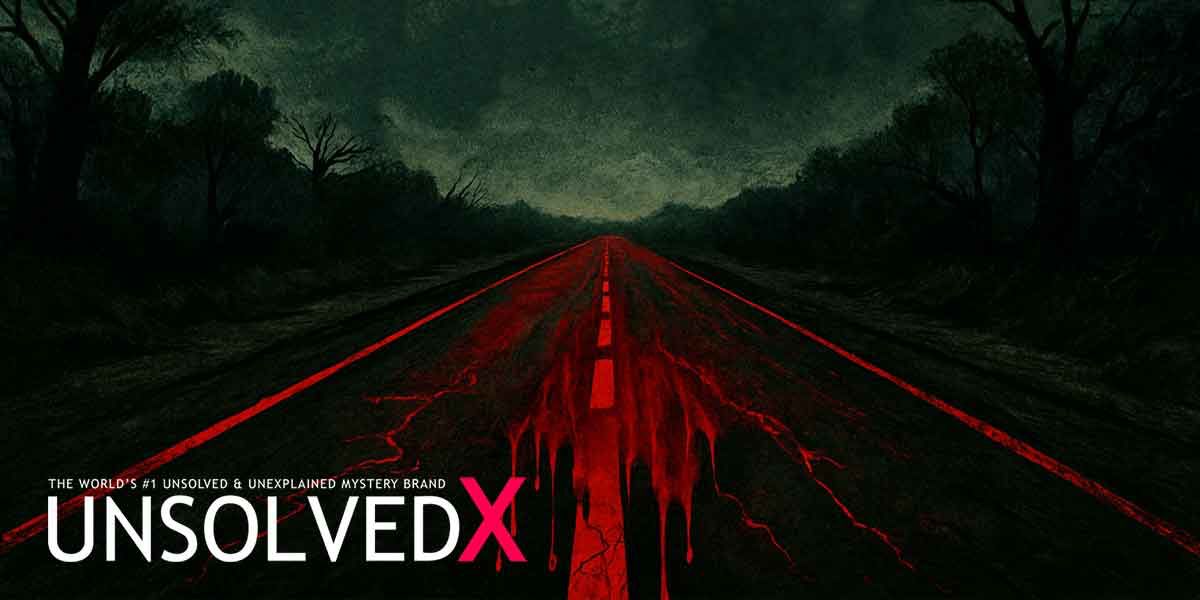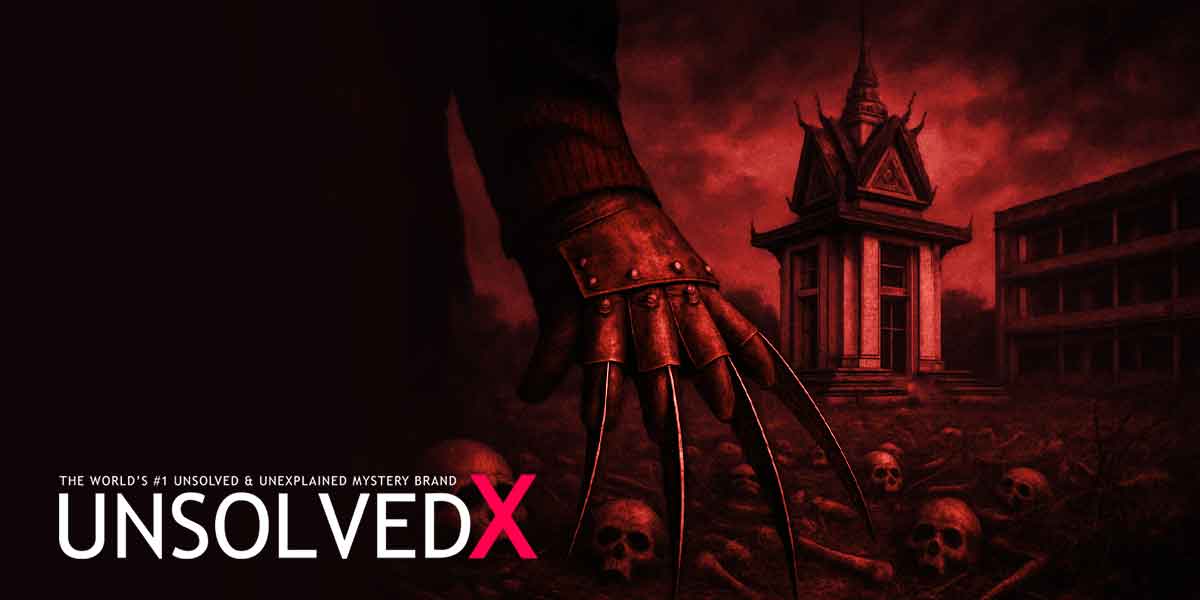The Whitechapel Murders - A City Gripped by Fear
In the flickering glow of gas lamps, London’s Whitechapel district became a stage for terror in 1888. Between August and November, five women—Mary Ann Nichols, Annie Chapman, Elizabeth Stride, Catherine Eddowes, and Mary Jane Kelly—met gruesome ends at the hands of a killer who would later be dubbed Jack the Ripper. These weren’t just murders; they were spectacles of brutality that left the city reeling. Each victim, scraping by as a prostitute in one of London’s poorest slums, was found with her throat slashed and her body mutilated in ways that suggested a chilling precision. The press devoured the story, splashing lurid details across front pages, while the public whispered in fear: who could do such a thing? The killings didn’t just claim lives—they ignited a media frenzy and a mystery that’s never let go of our imagination.
What made these murders so haunting wasn’t just the violence, but the killer’s ability to slip away unseen. The cuts were meticulous—deep slashes to the throat, organs removed with a surgeon’s finesse—leading many to speculate that Jack might have been a doctor, a butcher, or someone with a dark knack for anatomy. Take Annie Chapman, for instance: her womb was taken with such care that it fueled theories of a medical mind at work. The crimes happened in the dead of night, often in alleys or near tenements, yet no one caught more than a fleeting glimpse of the man behind the mayhem. A letter to the Central News Agency, signed “Jack the Ripper,” gave the killer his name—though whether it was genuine or a journalist’s hoax is still debated. Either way, it stuck, and Whitechapel’s nightmare became a legend.
The Investigation - A Race Against Time
The Metropolitan Police didn’t sit idle as Jack the Ripper terrorized London—they threw everything they had at the case. Inspector Frederick Abberline, a detective with a nose for tough cases, took the helm, leading a team that pounded the cobblestones for clues. They interviewed hundreds—barmen, neighbors, anyone who might’ve seen something—and chased leads that ranged from solid to downright desperate. At one point, they even tried bloodhounds, hoping the dogs could sniff out the killer’s trail. But this was 1888: forensic science was in its infancy. No fingerprints, no DNA—just muddy witness accounts and a growing pile of bodies. The deeper they dug, the more the Ripper seemed like a phantom, always one step ahead.
The investigation wasn’t just fighting a killer—it was battling chaos. Letters poured in, some claiming to be from Jack himself. The “From Hell” letter, sent with half a human kidney (supposedly Catherine Eddowes’), stands out as particularly grim—though experts still argue over its authenticity. Whitechapel’s squalor didn’t help either: overcrowded, lawless, and steeped in poverty, it was a maze where suspects could vanish. The police beefed up patrols, hauled in suspects like Aaron Kosminski for questioning, and faced relentless pressure from a public that wanted answers yesterday. Yet, for all their sweat, they came up empty. The failure stung, and it only made the Ripper’s shadow loom larger, turning a botched case into a cornerstone of unsolved mystery lore.
Who Was Jack the Ripper?
Ask ten people who Jack the Ripper was, and you’ll get ten different answers—none of them proven. The suspect list is a rogue’s gallery of Victorian oddballs, from Montague John Druitt, a barrister who drowned himself in the Thames after the final murder, to Francis Tumblety, an American quack doctor who skipped town when the heat was on. Druitt’s suicide lined up neatly with the killings stopping, but there’s no hard evidence tying him to the crimes. Tumblety, meanwhile, had a rap sheet and a hatred for women that raised eyebrows, yet he too remains a maybe. Then there’s Aaron Kosminski, a Polish barber with a grudge against women—identified by a witness, but never nailed down with proof. Modern DNA tests have pointed fingers his way, but the science is shaky, and the debate rages on.
Theories don’t stop at the usual suspects. Some whisper about a royal cover-up, pinning it on Prince Albert Victor, Duke of Clarence, though that’s more conspiracy than fact. Others flip the script entirely, suggesting a “Jill the Ripper”—a midwife or abortionist who could move through Whitechapel unnoticed. Each idea has its champions, from historians to armchair detectives, and plenty of books and documentaries (ripe for linking on your site) unpack them in detail. What keeps us hooked isn’t just the who, but the why—what drives someone to such darkness? Over 130 years later, Jack the Ripper’s identity is still a tantalizing blank, a puzzle that’s made unsolvedx.com’s mission all the more vital. The truth might be out there, buried in some dusty archive—or maybe it’s lost forever in Whitechapel’s fog.









Comments
Comments section coming soon!